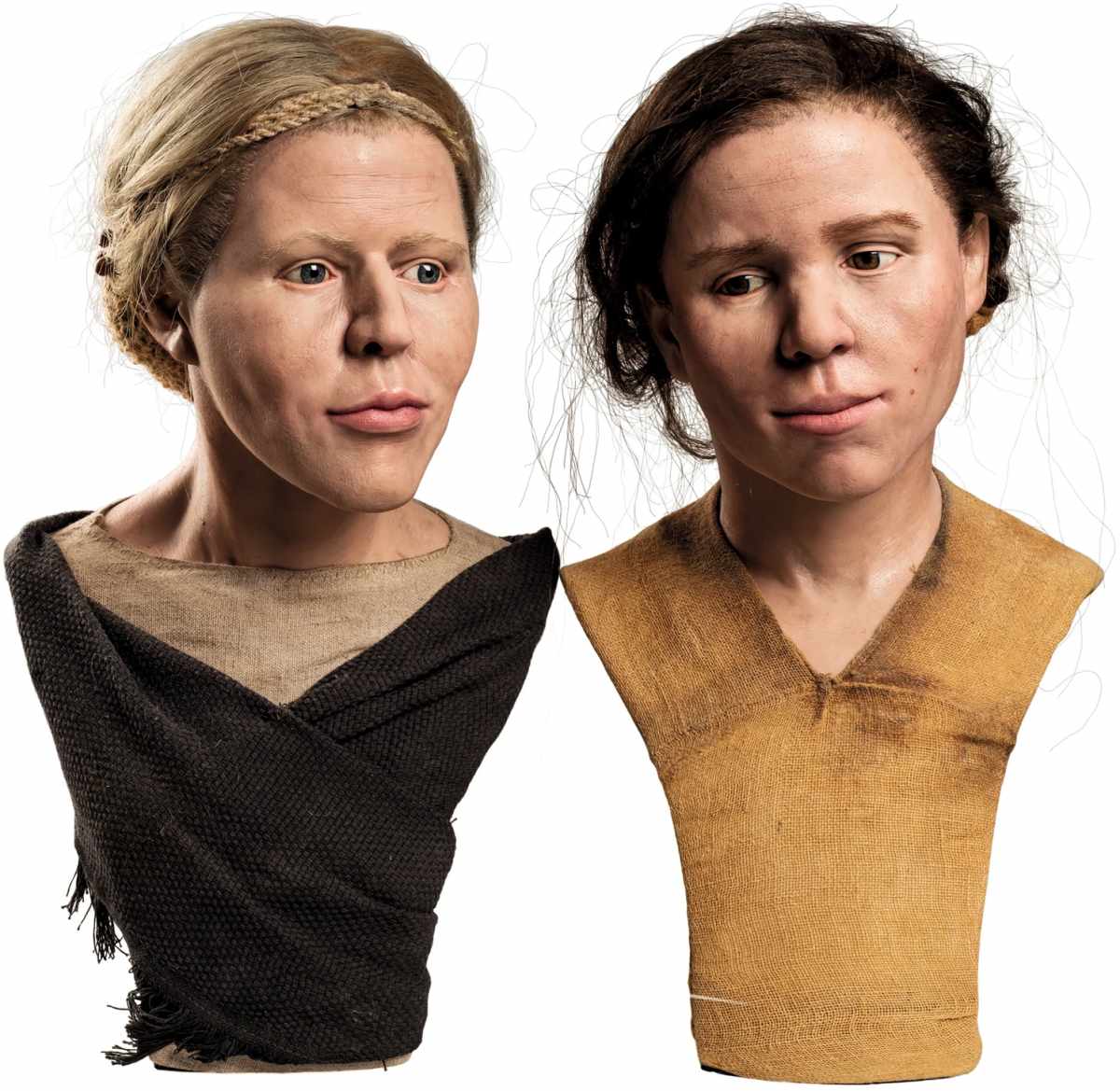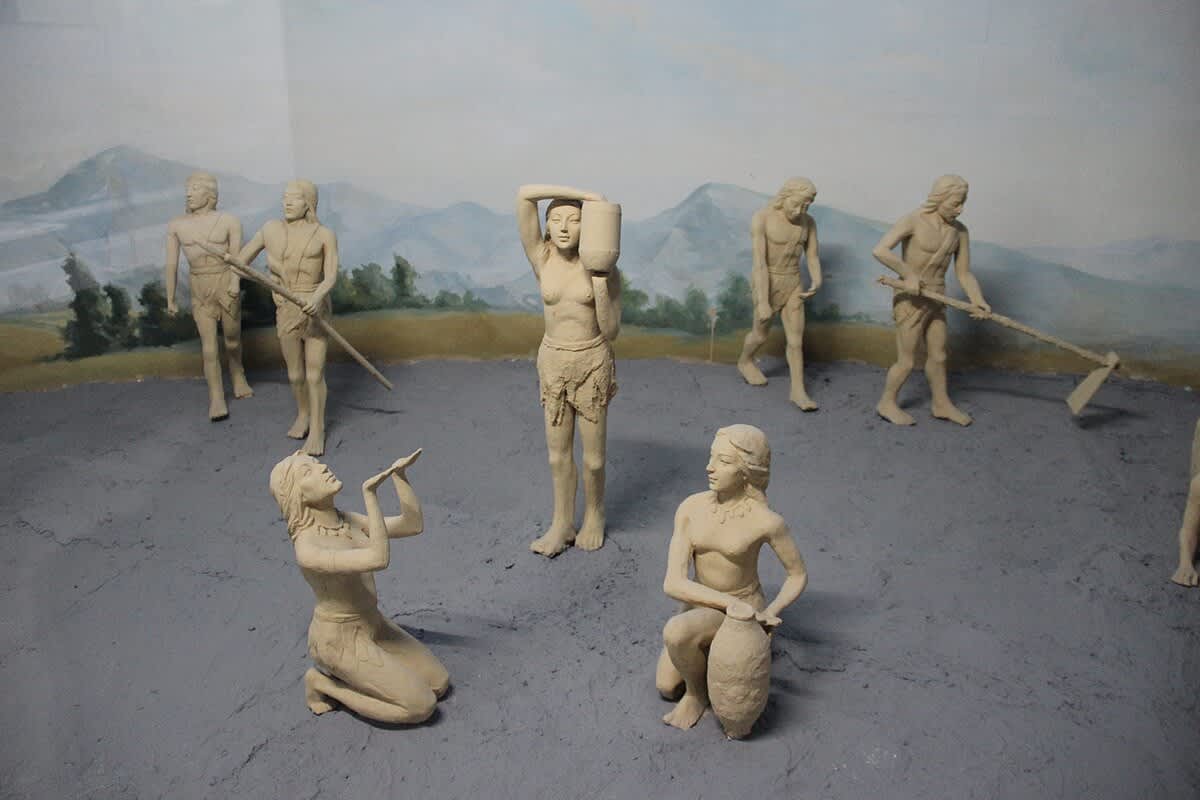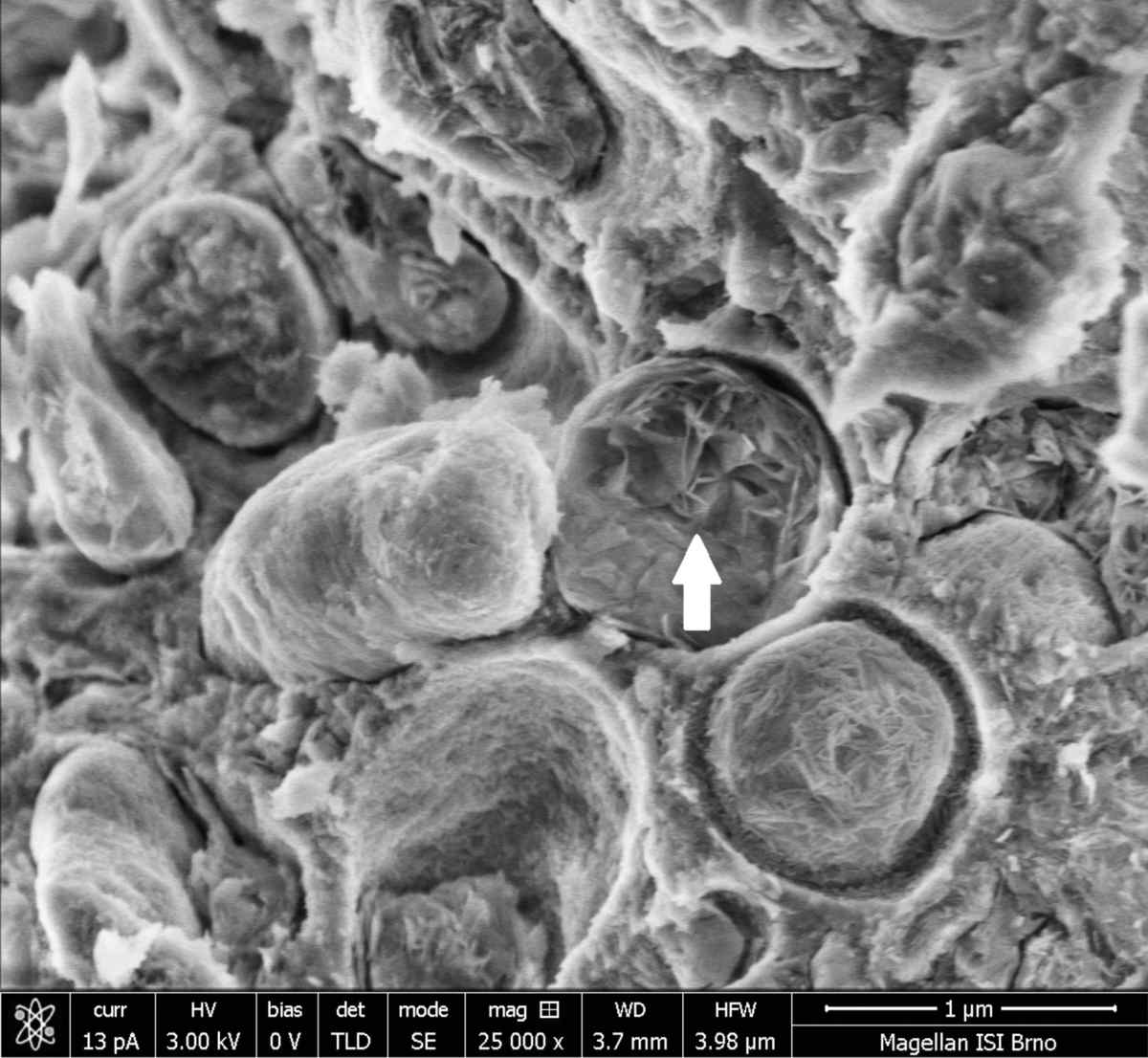Scientists Reconstructed Neolithic Sisters' Faces, Who Worked in Czech Republic's Mine 6,000 Years Ago

The lives of two sisters from the Neolithic period have come under the spotlight, as their remains were unearthed 15 years ago in the Krumlov Forest of South Moravia, Czech Republic. The women were possibly mine workers, as their remains were found at a Neolithic chert (flint) mine site. Their features have now been reconstructed using forensic methods and archaeological research. The details of the analysis have been published in the journal Archaeological and Anthropological Sciences. These reconstructions also shed light on the changing social order of that time, where hard labor was no longer associated with strength.

Buried Sisters
The women were found in Pit 4 of the mining site, which was supposedly active from the Mesolithic to the Iron Age, according to Archaeology Magazine. They were among hundreds of buried individuals and were placed on top of each other. One skeleton was 20 feet under the ground, while the other was just three feet below that. The older woman appeared to be holding a newborn baby, and just beside them, a small dog's partially complete skeleton was spotted. Both of them were laid to rest in a shaft, which researchers believe could have been the place where they labored.
How they were buried suggested that they could have been part of a ritual sacrifice. DNA analysis confirmed that both women were sisters. The child's identity remains a question mark, as he or she was found unrelated to either of the women. The presence of a dog could imply that the women were victims of ritual sacrifice to appease the Earth by the community. There is a possibility that people chose these women because they could no longer provide the labor they did in the past.

Facial Features of the Sisters
Radiocarbon dating revealed that the remains were sometime between 4050 and 4340 B.C., according to Live Science. This study used multiple approaches, such as genetic testing, pathological examination of the skeleton, carbon and nitrogen isotope analysis, and microscopic examination of teeth. The teeth examination indicated that the younger sister was 30 to 35 years old, while the older one was around 40. Both measured around 4.8 feet in height and had a slender build, which made it easy for them to lift heavy weights. Their diet contained a lot of meat. However, it is unclear whether they were supplied with this meat for their labor by executives or if they hunted animals themselves to relieve their hunger.

Genetic data predicted that the younger sister might have hazel or green eyes, along with dark hair, while the older one had blue eyes with blonde hair. Also, researchers were able to reconstruct the garments of siblings in their models. The insights were used to create plaster 3D models of these women for a better view of what the sisters possibly looked like. Hair implants and eye prostheses were utilized, with dimensions of parts like the head being decided by the measurement of the real skull found in the shaft.
The records indicate that clothes in the Neolithic period were mostly made of plant fibers, such as bark fibers, nettles, and flax. Experts used this information to dress the older of the two in a simple blouse with a wrap, woven with such plant materials. Her hair was kept in place with a hairnet. For the younger one, they chose a blouse made of coarser linen canvas. Some fabric was also braided into the woman's hair.

Other Valuable Insights
Results from the multiple approaches showcased that the women were well-fed as adults, but faced starvation as children. Despite being 'strong' at the time of their death, the skeletons of these sisters indicated that they were injured multiple times, possibly due to their line of work. There were signs of extensive labor, such as partially healed injuries and damaged vertebrae. The older sister, in particular, carried a fracture in her forearm. Seeing the injuries, researchers speculated that the siblings were made to work despite their injuries and without any respite. The condition of the sisters is also reflective of the new social order that was slowly emerging in the Neolithic Period. In this arrangement, the most laborious jobs were no longer done by the strongest, but by the most vulnerable, per the study.